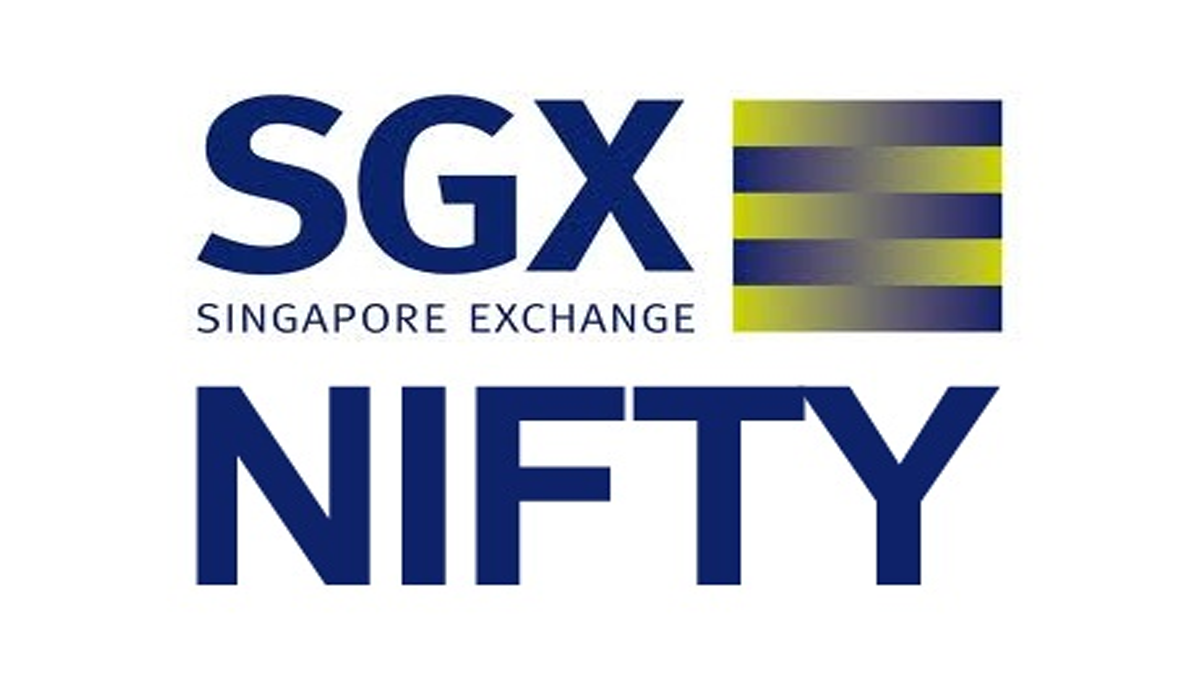
Introduction
SGX Nifty, the most popular derivative product of the National Stock Exchange of India (NSE), is set to undergo a major change from July 3, 2023. The Singapore Exchange (SGX) has decided to delist the SGX Nifty, which has been trading on its platform for more than two decades, and replace it with a new product called ‘NSE IFSC Nifty’. This move comes as a result of a long-standing dispute between the two exchanges over the use of the Nifty brand name.
For investors who have been trading in the SGX Nifty for years, this news may come as a surprise. However, it’s important to understand what this change means for them and how it will impact their investments going forward. In this article, we’ll take a closer look at the reasons behind the delisting of the SGX Nifty, the new ‘NSE IFSC Nifty’ product, and how investors can prepare for the transition.
Why is the SGX Nifty Getting Delisted from the Singapore Exchange?
The SGX Nifty has been a popular derivative product of the NSE for many years, providing investors with an opportunity to trade in the Indian equity market outside India. However, the SGX Nifty has also been a source of tension between the NSE and the SGX, particularly over the use of the Nifty brand name.
The NSE has been arguing that the SGX’s use of the Nifty name is a violation of its trademark, as the NSE owns the rights to the Nifty brand name. In response, the SGX has argued that it has the right to use the Nifty name as it has been using it for more than two decades and has invested a significant amount of resources in promoting the product.
After several rounds of negotiations and legal battles, the two exchanges finally reached a compromise in 2018, under which the SGX agreed to stop offering its Nifty futures and options products from August 2018. However, the SGX was allowed to continue offering its SGX Nifty product until December 2020, after which it was required to delist the product.
What is ‘NSE IFSC Nifty’?
‘NSE IFSC Nifty’ is the new product that the NSE will be launching in collaboration with the Gujarat International Finance Tec-City (GIFT City) on July 3, 2023. This new product will be listed on the International Financial Services Centre (IFSC) of the GIFT City, which is located in the state of Gujarat, India.
The IFSC is a special economic zone that has been set up to provide a favorable business environment for financial services companies. It offers various tax incentives, regulatory relaxations, and a world-class infrastructure to companies operating within its boundaries. By launching its new product on the IFSC platform, the NSE aims to attract more international investors to the Indian equity market and provide them with a hassle-free trading experience.
How Can Investors Prepare for the Transition?
Investors who have been trading in the SGX Nifty until now will need to prepare themselves for the transition to the new ‘NSE IFSC Nifty’ product. Here are some steps that investors can take to prepare for the transition:
Understand the Trading Rules
Investors should familiarize themselves with the trading rules of the new ‘NSE IFSC Nifty’ product before they start trading. The NSE has published a detailed guide on its website that explains the trading rules, trading hours, and other important details of the product.
Open an Account with a Broker
Investors who want to trade in the new product will need to open an account with a broker who offers to trade on the IFSC platform. Investors should choose a broker who is reliable and has a good reputation in the market.
Learn the Trading Platform
Investors should spend some time learning how to use the new trading platform before they start trading. The IFSC platform is designed to be user-friendly, and investors should not have too much trouble adapting to it.
Diversify Their Portfolio
Investors who have been trading only in the SGX Nifty until now should consider diversifying their portfolio by investing in other products that are available on the IFSC platform. This will help them spread their risk and reduce their exposure to any single product.
With the launch of a new product and a new trading platform, there may be some price differences between the SGX Nifty and the ‘NSE IFSC Nifty’. These price differences may arise due to differences in trading rules, trading hours, and liquidity. Investors who trade in both products should be prepared to deal with these price differences and adjust their trading strategies accordingly.





